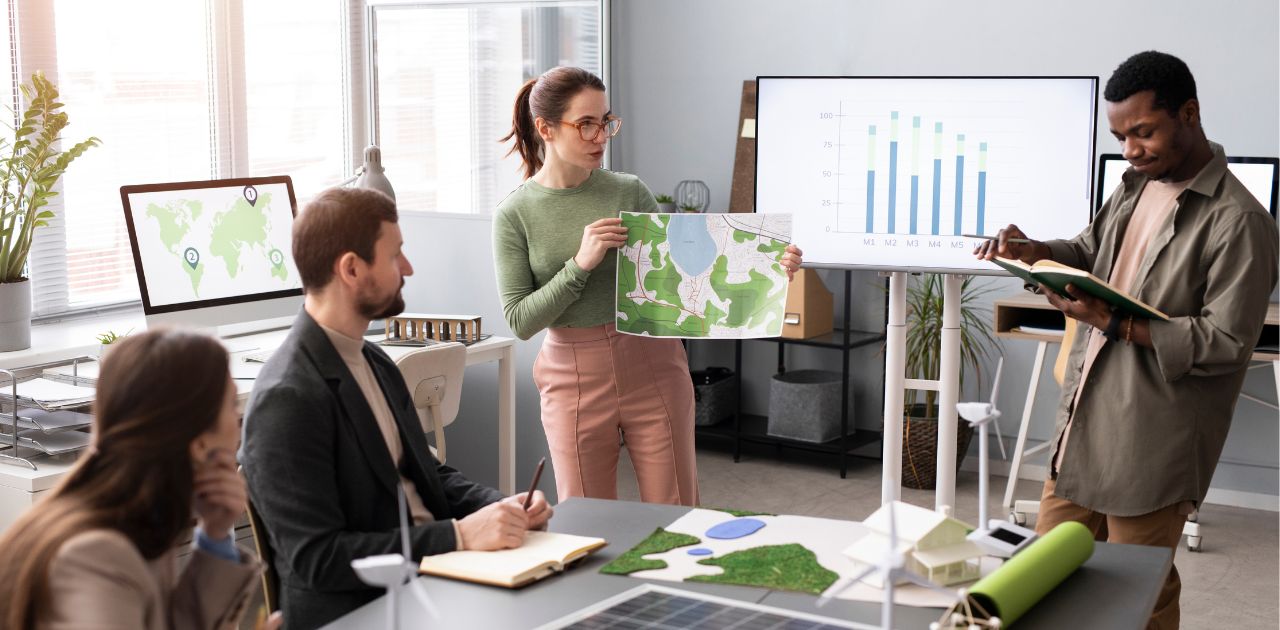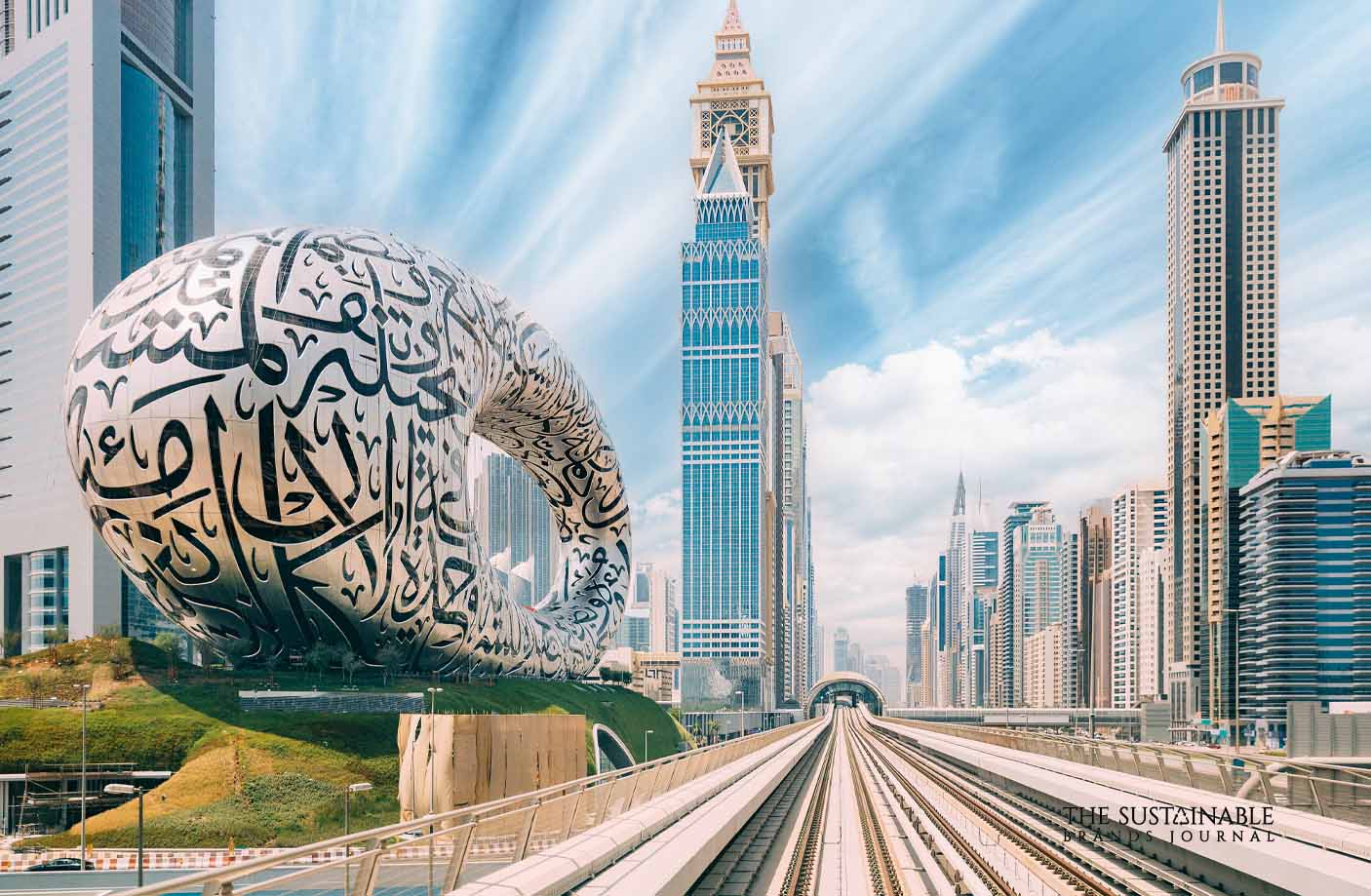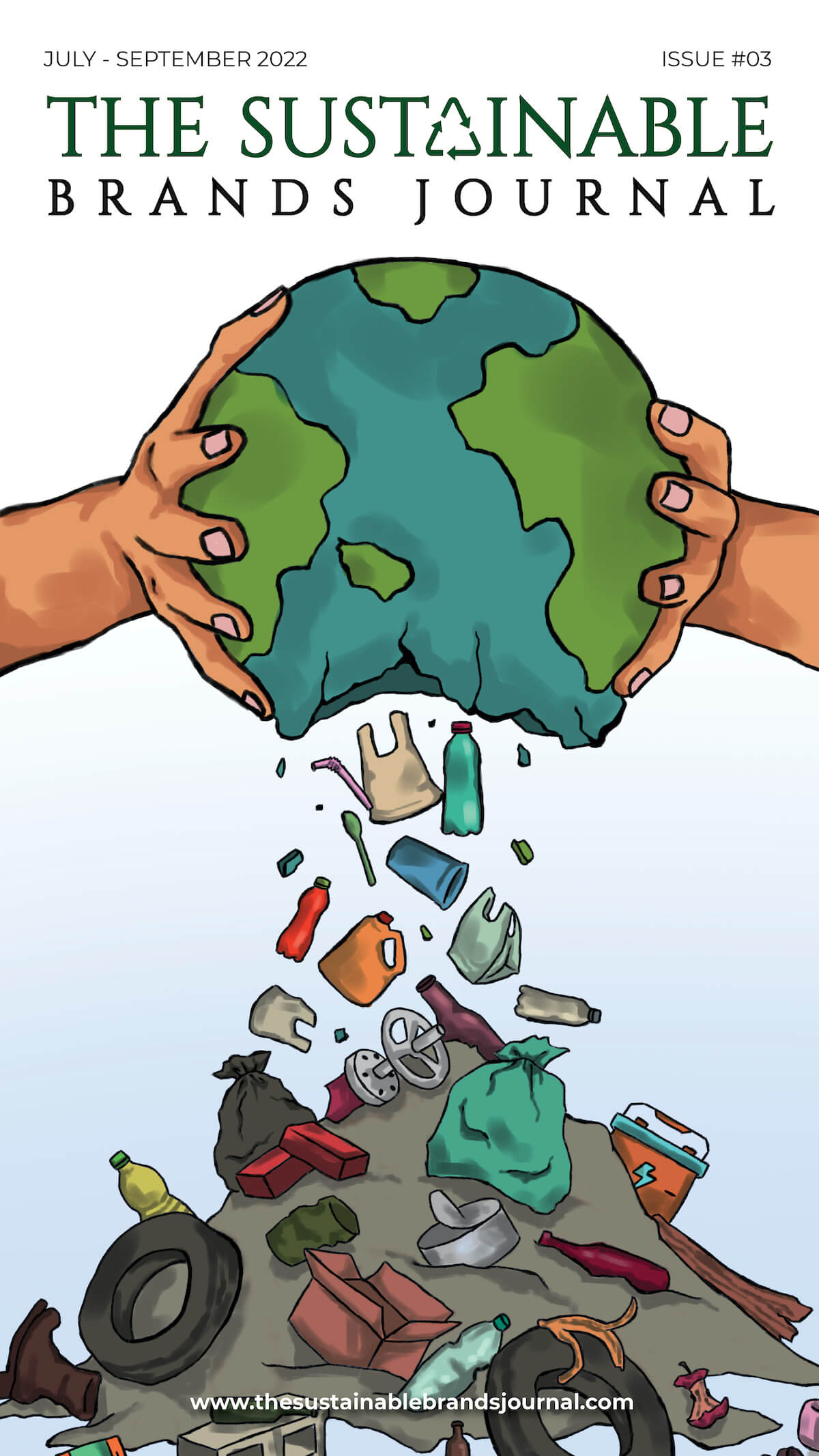
What are the challenges of sustainable development goals?
Defining sustainable development and sustainable development goals
Sustainable development emphasizes the use of resources in a manner that fulfills the requirements of the current generation while safeguarding the capacity of future generations to fulfill their own needs. The objective is to achieve sustainable living and mutually beneficial coexistence by effectively managing the interplay of social, economic, and environmental considerations without extinguishing resources.
The Sustainable Development Goals (SDGs) refer to a collection of globally recognized objectives that have been formulated by the United Nations. These goals are designed to guide us in tackling a range of urgent concerns, including but not limited to poverty, inequality, climate change, and environmental degradation. The objectives outlined seek to foster an improved and sustainable future for humanity via the advancement of economic growth, enhancement of societal welfare, and safeguarding of the environment at a global level.
So far, a total of 193 nations within the United Nations General Assembly have committed to aligning their policies with the objectives of sustainable development goals. Nevertheless, the implementation of these goals encounters several hurdles that hinder their successful implementation.
Challenges of sustainable development goals

- War and political instability – Armed conflicts harm marine and terrestrial ecosystems, damaging underwater and land-based life. Missiles and nuclear bombs in water harm habitats. Terrestrial ecosystems are severely impacted, leading to complete destruction of life. In such a situation, it is not possible for the government to focus on the sustainable development of the country.
Example – Multiple instances of air pollution have occurred as a consequence of the RUSSIA-UKRAINE war, leading to probable contamination of ground and surface waterways. Based on assertions made by the Ministry of Environment in Ukraine, the cumulative costs resulting from the pollution of land, water, and air were estimated to be $51.4 billion.
- Natural calamities – when calamities like drought, floods, and earthquakes hit the earth, they lead to the destruction of life, property, and peace. At that point, the government cannot allocate its funds to sustainable development because the priority list tops the human lives to be secured.
Example – According to the Turkish Enterprise and Business Confederation, the earthquake is projected to incur a total expenditure of $84.1 billion. The majority of this amount, around $70.8 billion, is expected to be allocated toward housing-related expenses. Additionally, the estimated financial impact includes a loss of $10.4 billion in national revenue and a loss of $2.91 billion due to disrupted working days.
- Financial obstacles – The presence of financial instabilities presents a significant challenge to the achievement of sustainable objectives. This is primarily due to the diversion of resources away from long-term environmental and social initiatives, the discouragement of investments in renewable practices and green technologies, a growing number of inequalities, the loss of funding for vital programs, and the postponement of progress in climate action and sustainable development activities.
Example – Germany has seen a rise in electricity rates as a consequence of its shift towards renewable energy sources, namely solar and wind power, in alignment with its ambitious Energiewende agenda. The objective of the transition was to reduce carbon emissions and promote the use of renewable energy sources. However, its swift execution resulted in increased energy expenses for consumers.
In summary, the achievement of the Sustainable Development Goals (SDGs) is a complex and essential endeavor. Collaboration, innovation, and the establishment of sustainable brands are essential factors in overcoming obstacles and driving us toward a future characterized by collective wealth, fairness, and environmental balance.
Related –
What Are The Major Challenges of Sustainable Growth in Developing Nations?

Prachi, an accomplished Chief-Editor at The Sustainable Brands Journal, has 15+ years of experience in Europe, the Middle East, and India, managing 90+ global sustainable brands. She’s a prolific writer in sustainability, contributing to various publications. Prachi’s unwavering passion and expertise make her a recognized authority, driving positive change and inspiring a sustainable future.





